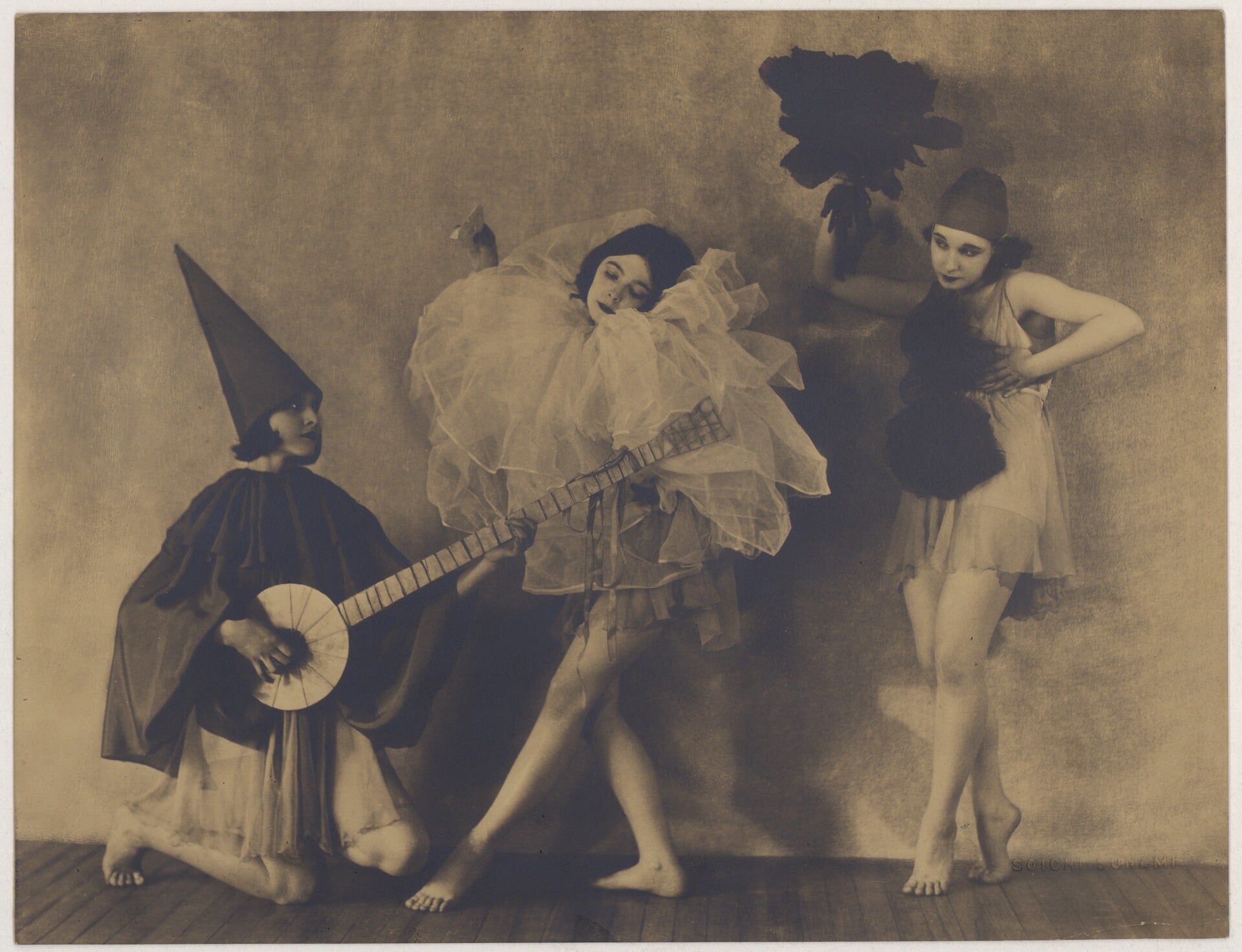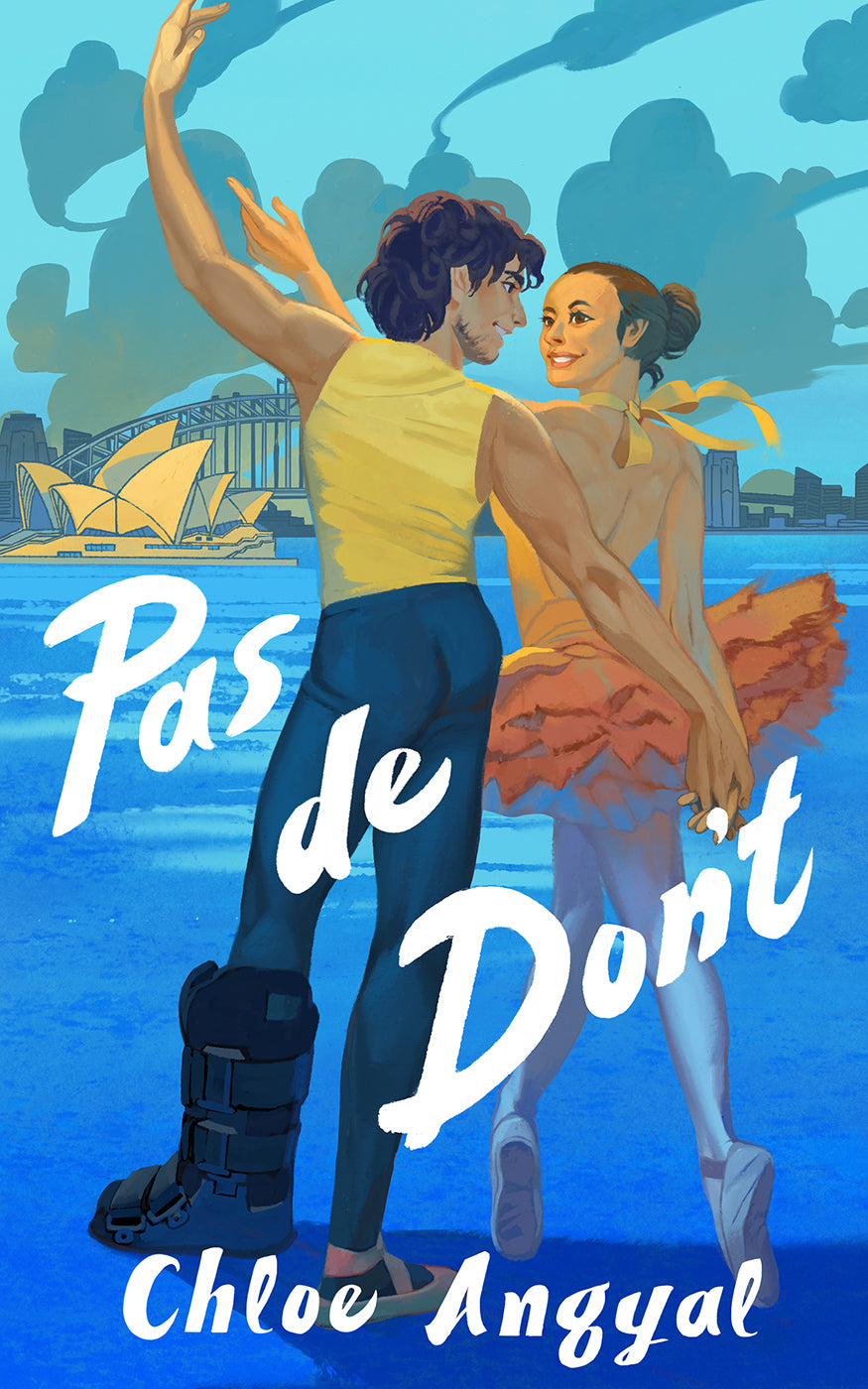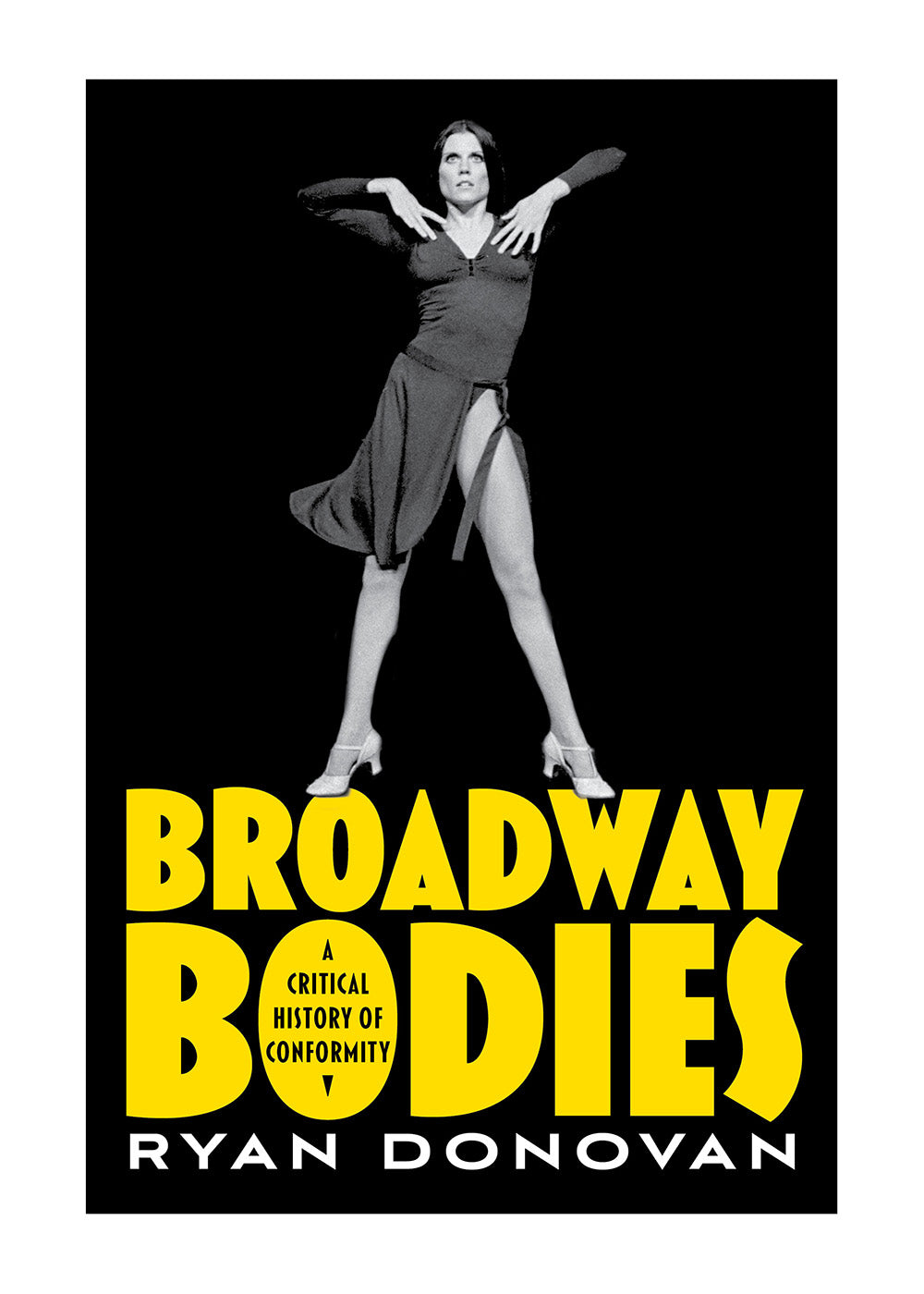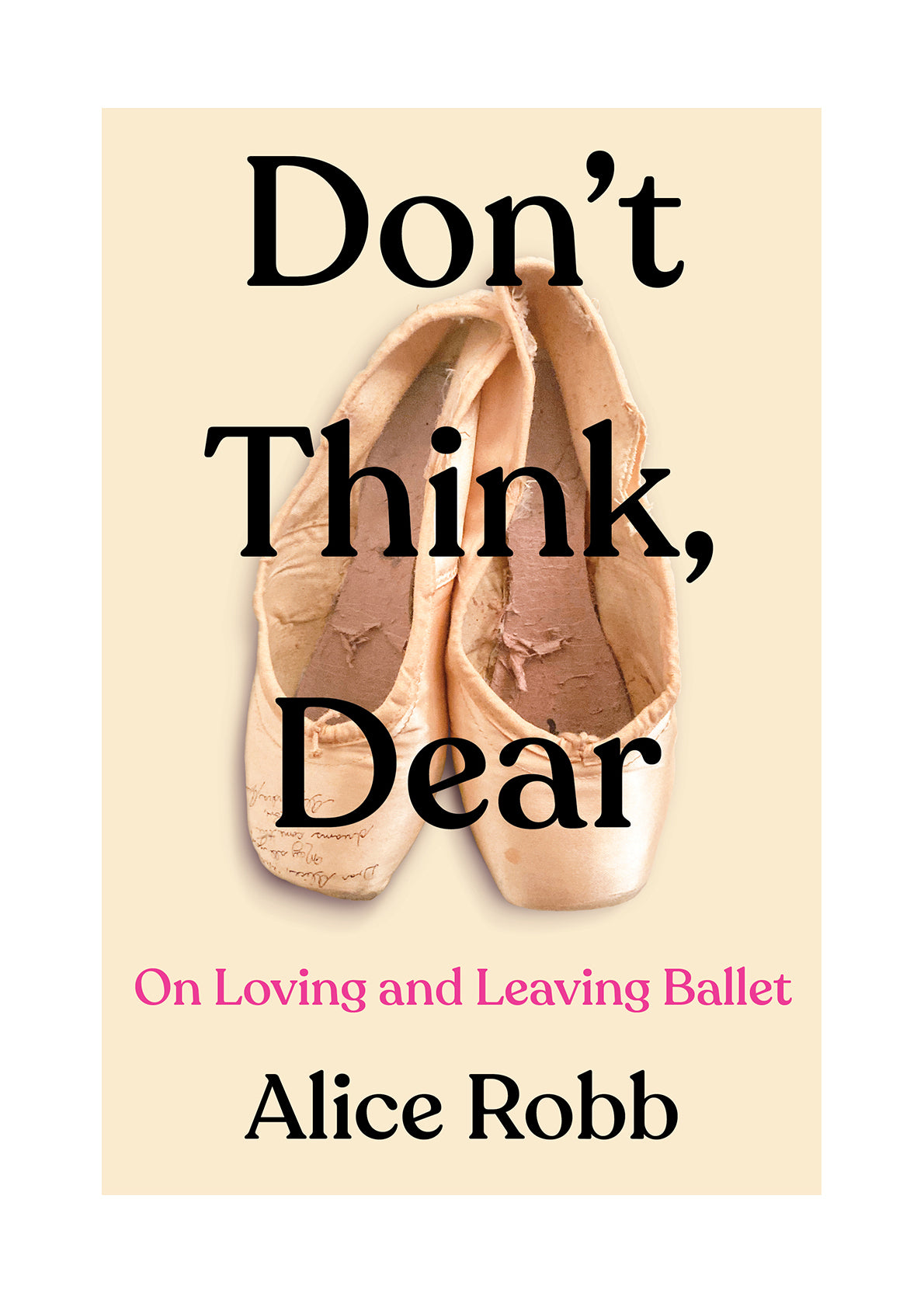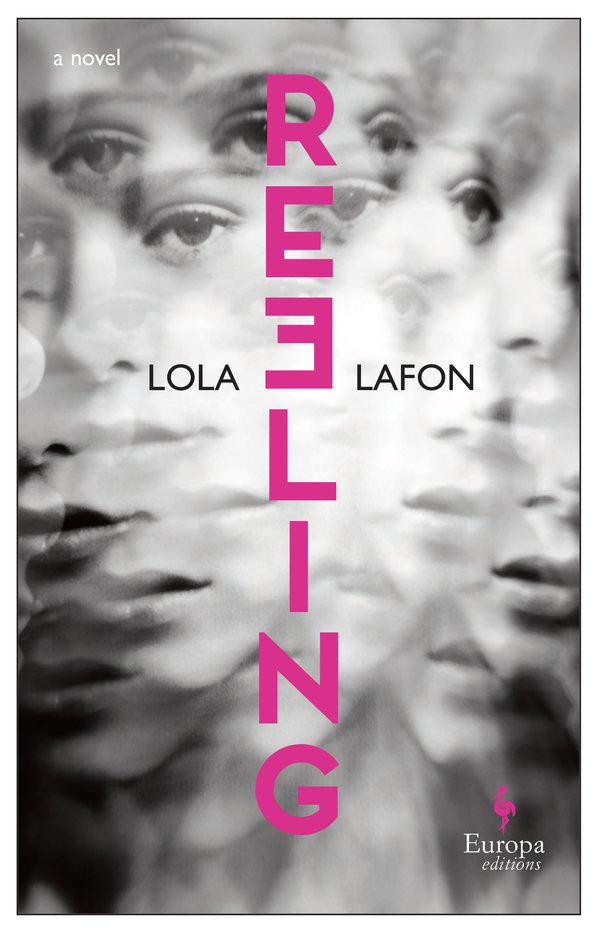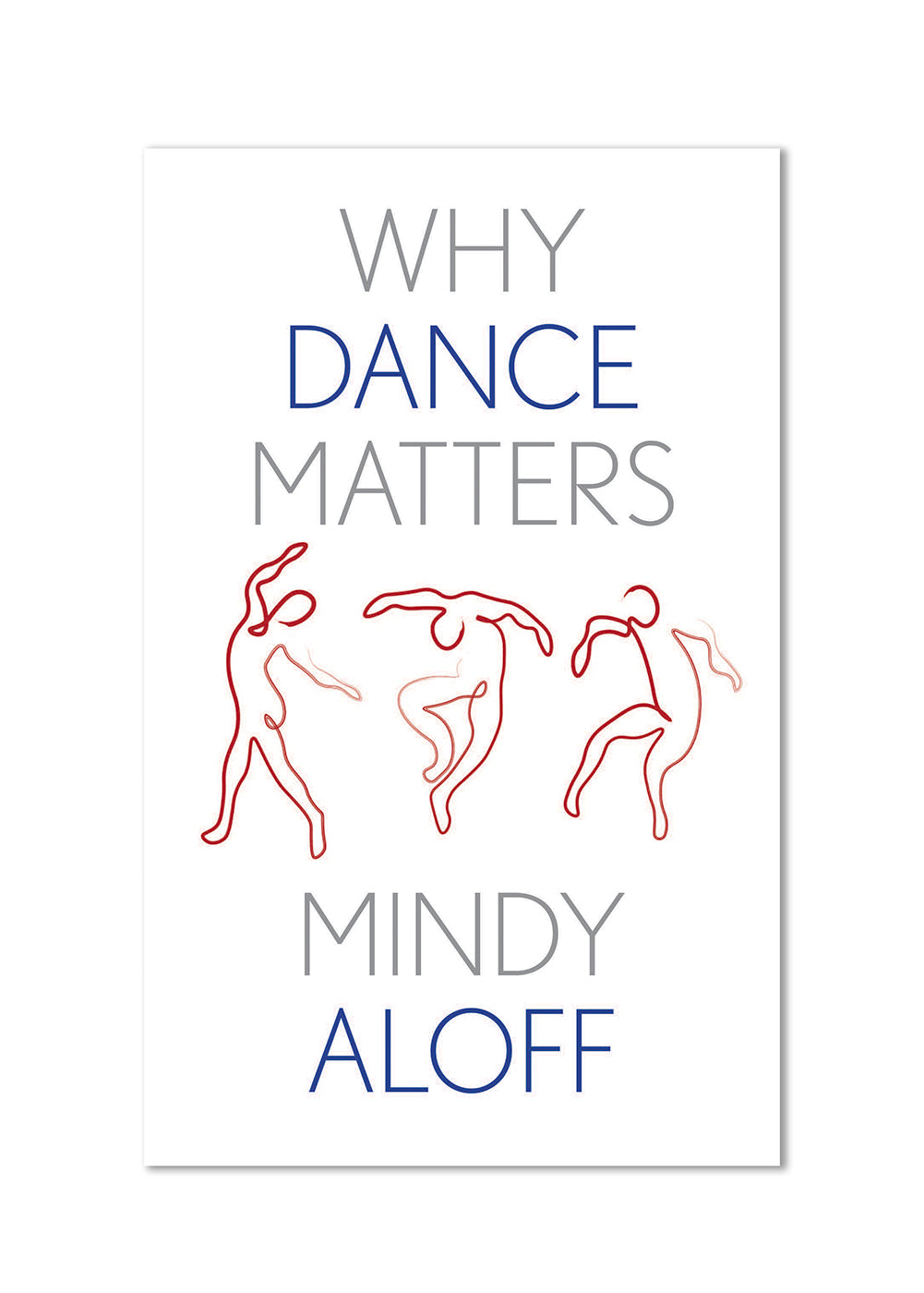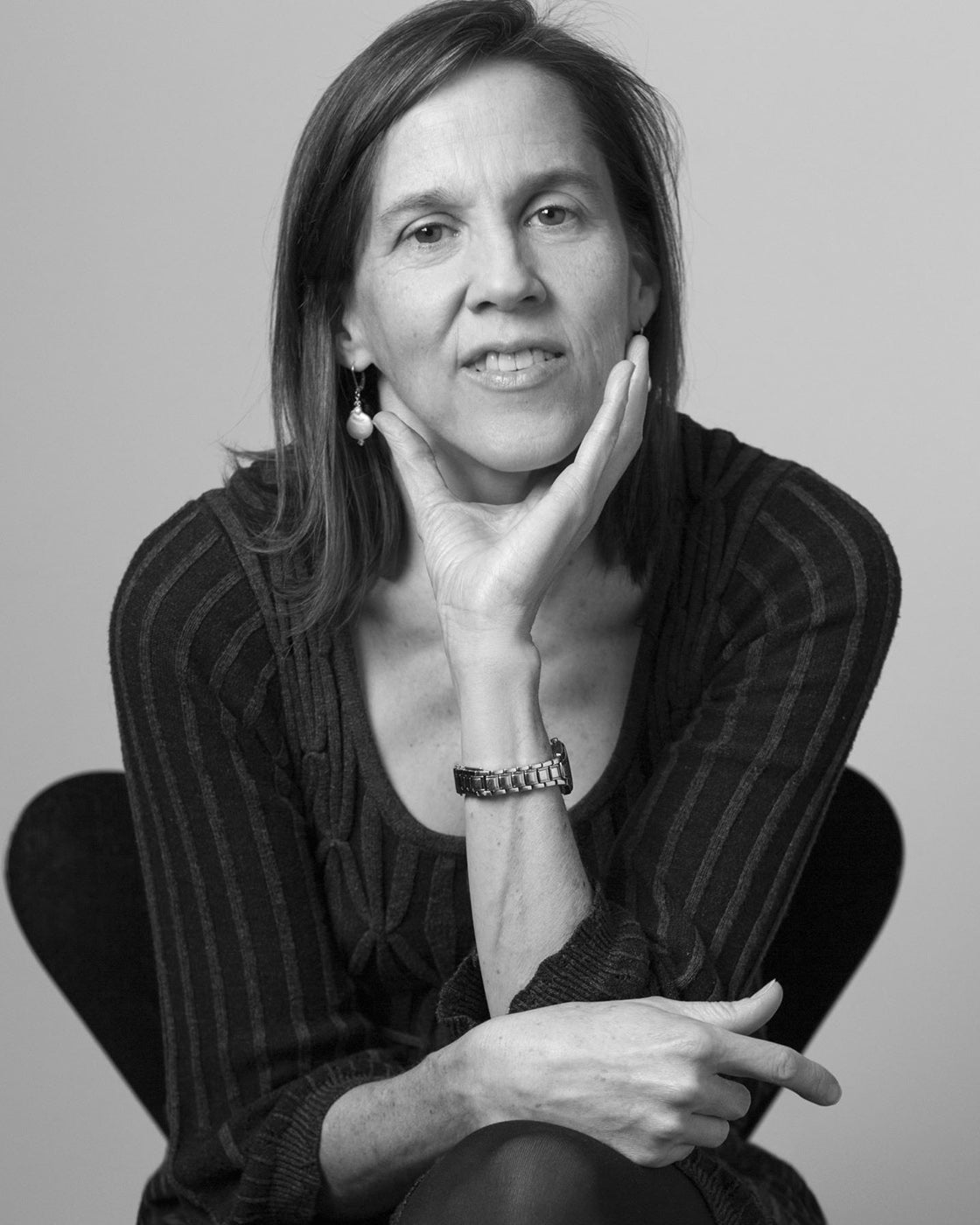Pulling Back the Curtain
In the summer of 2007, writer Stephen Manes, known for his best-selling Bill Gates biography, over thirty books for young adults and children, and for his work as a technology columnist, proposed a new endeavor. He wished to spend an entire season at Pacific Northwest Ballet to observe like a fly on the wall and capture in written word a world of which most people will never catch a glimpse.
Continue Reading






